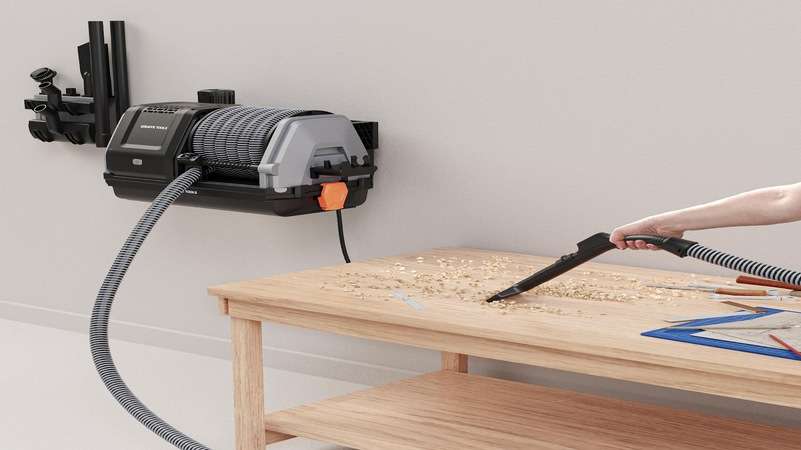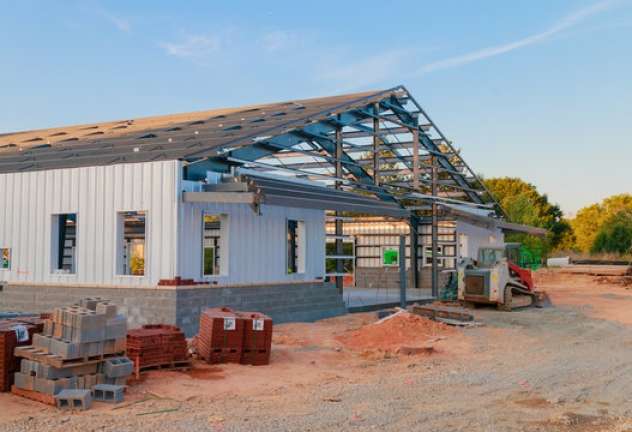Artful and well thought out framing can elevate any piece of art, and photography is no exception. As an art photographer, it’s important to choose the right combination of frame, glazing and mounting to ensure that your frame compliments your work, instead of detracting from it. But selecting the right frame made from the best material can seem tricky. There are so many options and materials to choose from! That’s why today we’re exploring the best materials for framing photography for an exhibition.
To begin, let’s look at the anatomy of a frame. A-frame has three basic parts: the exterior frame, a window mount, and glazing. You can choose from a variety of sizes, styles and materials for each part of the overall frame.
Step 1: Prepare your image
Before you can start the process of framing, you’ll need to print your photograph. To achieve the best results, professional printers recommend saving your images with a minimum 300dpi resolution to allow for easy scaling and printing in large formats.
Most photographers opt for C-type printing, short for Chromogenic Type. Known for their smooth tonal colour, C-type printing is the ultimate way to showcase your photographs. Available in a variety of paper from matte to super glossy, and sizes up to 72” (182cm), C-type printing will make your photographs come to life.
Step 2: Choose Frame Style & Moulding
Once you have printed your images, it’s time to start looking at frame styles and moulding. There are four traditional types of frames available: standard frames, box frames, floating frames & tray frames. Standard frames are the most common type of frame used. Box frames provide depth and shadow by creating a space between the glass and the print. Floating frames create depth and the illusion of the work floating within the frame. Tray frames sit slightly recessed, and are ideal for canvases and mounted prints.
While frames come in a variety of materials such as aluminium or MDF, the best quality frames are always made from wood. Expert bespoke framers create almost seamless joins. Smooth to the touch, they can be glued, underpinned or Hoffmann dovetail joined to guarantee a strong stay. Frame mouldings come in varying sizes and depths including flat, concave, and convex curves. Thinner mouldings tend to suit small to medium size prints, while larger prints look best with wide or square mouldings.
Step 3: Select your Window Mount
The window mount is the negative space between your image and your frame. While they are not required, window mounts are recommended to make your print more prominent. Available in a wide variety of sizes and colours, window mounting gives a polished professional look. As well, window mountings increase the size of the frame, emphasizing your work.
Step 4: Glazing
Glazing is one of the final steps of the framing process, Used to help protect your photograph from the dust and grime of everyday life, they also create a window into your work. There are several different styles of glass available, each with its own unique benefits. Most photographers select anti-reflective glass, as it will not detract from your work. If you are looking into glazing alternatives there is also UV resistant glass, museum grade glass, acrylic and many more.
Overall to make sure your art at home or photography for an exhibition looks it’s best, we advise you to look for a printing and framing expert who can help advise on the best option for you.
















